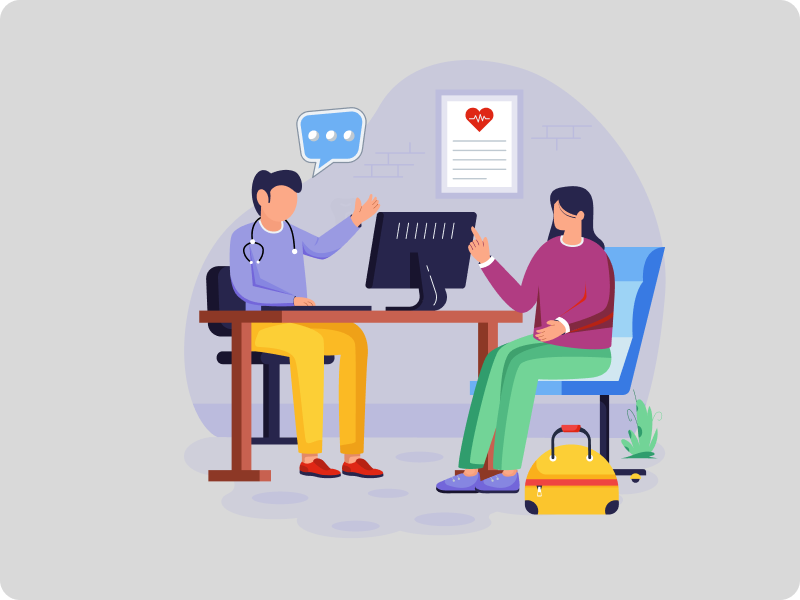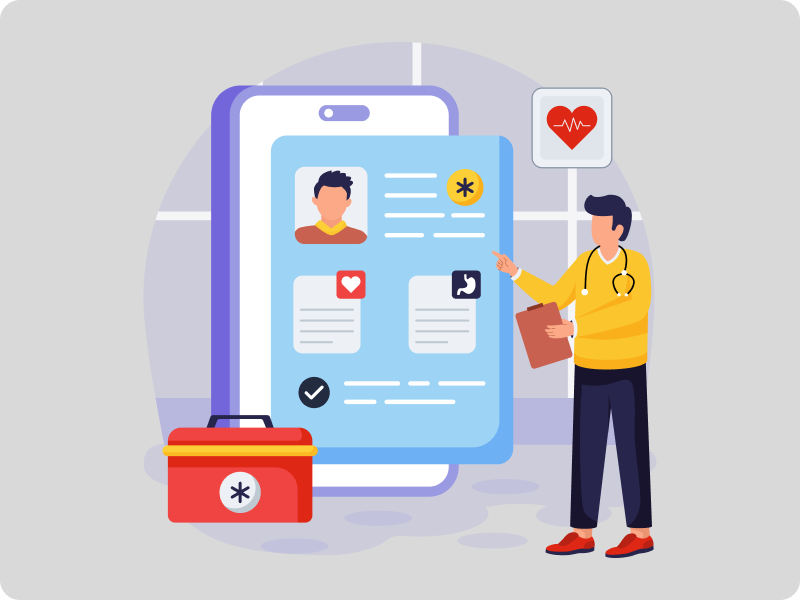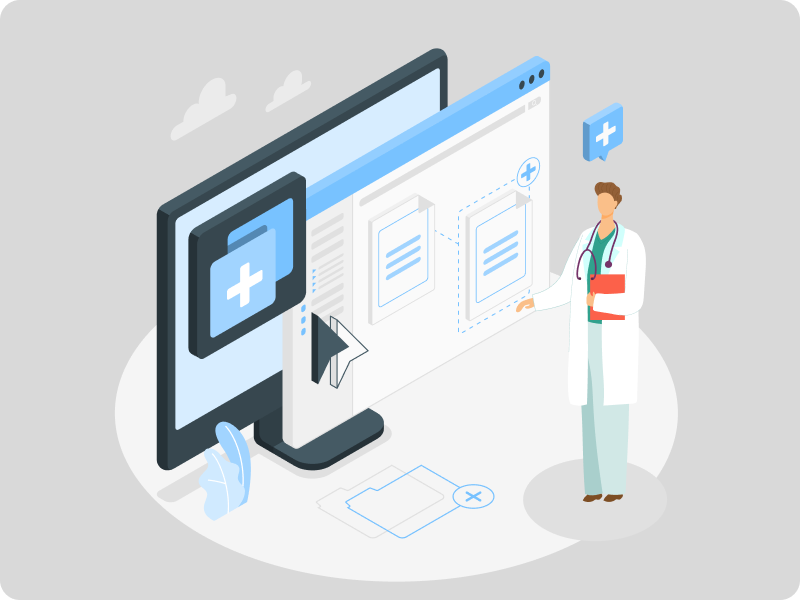The Benefits of Telehealth and Remote Patient Monitoring
Introduction: Redefining Healthcare with Telehealth
Imagine receiving medical care from the comfort of your home or tracking your health in real-time with wearable devices. This is no longer a futuristic dream—it's the reality of telehealth and remote patient monitoring (RPM). These technologies have revolutionized how healthcare is delivered, providing convenience, improving outcomes and increasing access to care.
In this blog, we’ll explore the many benefits of telehealth and RPM, demonstrating why they are indispensable tools in modern healthcare.
What Is Telehealth and Remote Patient Monitoring?
Telehealth
Telehealth involves delivering healthcare services remotely using digital communication tools, such as video consultations, phone calls and mobile apps.
Remote Patient Monitoring (RPM)
RPM is a subset of telehealth that uses wearable devices, sensors and mobile apps to collect and transmit patient health data—like blood pressure, heart rate or glucose levels—directly to healthcare providers in real-time.
Together, these technologies empower patients to take control of their health while enabling providers to deliver proactive and personalized care.
The Benefits of Telehealth
1. Improved Access to Care
Telehealth breaks geographical barriers, allowing patients in rural or underserved areas to consult with specialists without traveling long distances.
2. Convenience and Flexibility
Patients can schedule appointments at their convenience and avoid long waits in crowded clinics. This is particularly beneficial for follow-up visits or minor health concerns.
3. Cost Savings
Telehealth reduces costs for both patients and providers by eliminating travel expenses and optimizing clinic operations.
The Benefits of Remote Patient Monitoring
1. Proactive Health Management
RPM enables providers to monitor patients’ conditions in real-time, allowing for early detection of health issues and timely interventions.
2. Improved Chronic Disease Management
Patients with chronic conditions like diabetes or hypertension benefit from continuous monitoring, which helps them stay on track with treatment plans.
3. Enhanced Patient Engagement
With wearable devices and health apps, patients can track their own health metrics, fostering greater engagement and accountability in their care.
Discover how JGD Health’s tools make remote monitoring seamless.
Challenges in Telehealth and RPM
1. Technology Barriers
Patients and providers must adapt to new tools, which can be challenging for those unfamiliar with digital technologies.
2. Data Security
Ensuring the security and privacy of patient data is critical, as telehealth and RPM involve transmitting sensitive information.
The Future of Telehealth and RPM
The adoption of telehealth and RPM is expected to grow exponentially, with advancements in AI, machine learning and IoT devices paving the way for more sophisticated and personalized care solutions.
JGD offers user-friendly interfaces with robust security protocols, ensuring a seamless and secure practice. Learn more.




